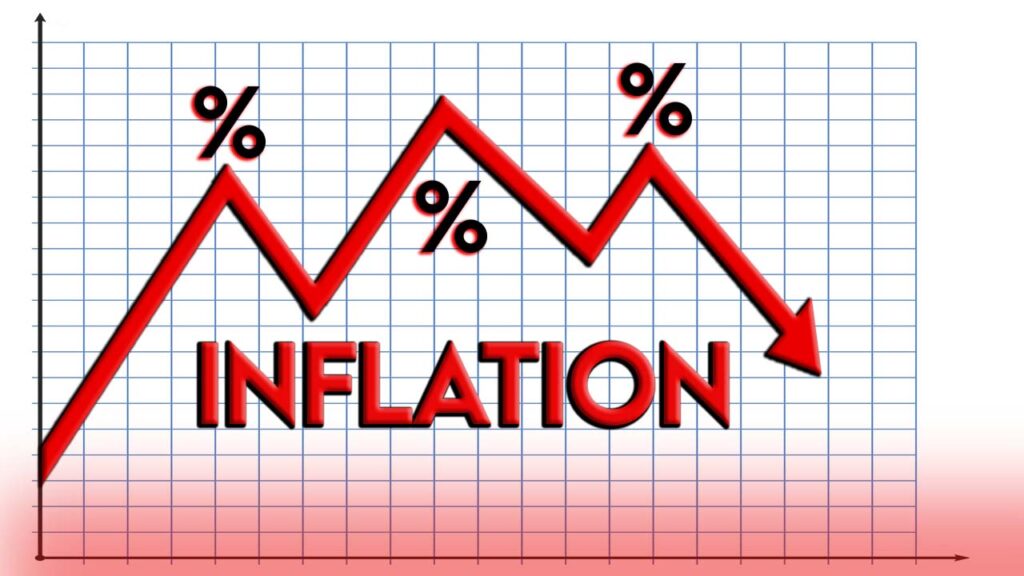December inflation expected to remain between 4 and 5 per cent
-
- Web Desk
- Dec 27, 2024

ISLAMABAD: Pakistan’s inflation is expected to stay between 4 and 5 per cent in December, according to a projection shared by the Finance Division.
In its latest ‘Monthly Economic Update and Outlook’, the ministry noted that the country’s hard-earned economic stability is set to continue owing to steady remittances, strong export inflows, and manageable imports.
Together, these factors are expected to keep the exchange rate stable and inflation in check, with December’s inflation forecast hovering around 4 to 5 per cent.
Inflation has been a major issue for Pakistan, especially after hitting a record high of 38 per cent in May last year. However, there has been steady relief since then.
In November 2024, inflation dropped to 4.9 per cent—its lowest point since May 2018—according to data from the Pakistan Bureau of Statistics (PBS). This was a welcome improvement from October’s figure of 7.2 per cent.
The Finance Division is hopeful that the recent cuts in the policy rate will further boost economic activity. Earlier this month, the State Bank of Pakistan slashed the policy rate by 200 basis points, bringing it down to 13 per cent.
In total, the rate has been reduced by 900 basis points since June, over the last five consecutive decisions.
Rising demand for credit, particularly from the private sector, is seen as a sign of growing confidence in the economy, and the ministry expects this momentum to translate into increased production and higher output in the months ahead.
The ministry also highlighted the government’s improved fiscal performance from July to October, with higher revenues and controlled spending creating space for more development projects, paving the way for sustainable growth.
On the agriculture front, the government is focused on achieving crop production targets, especially for wheat and barley during the Rabi season. However, concerns remain over weather conditions, as below-normal rainfall could lead to water shortages, particularly in rain-fed areas.
Despite ongoing challenges in some industries, the report notes that strong performances in key sectors, such as automobiles and cement, have helped lift the country’s large-scale manufacturing (LSM).
This, in turn, has provided a boost to related industries, and the ministry is hopeful that this ripple effect will contribute to broader economic growth.
Read next: Oil prices stable on expected China demand rebound





